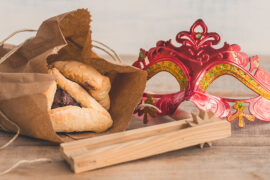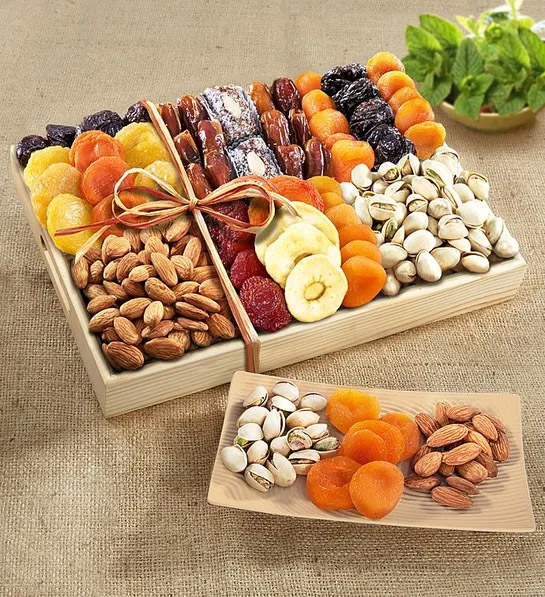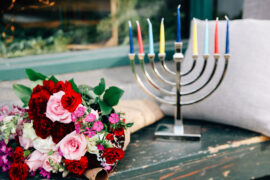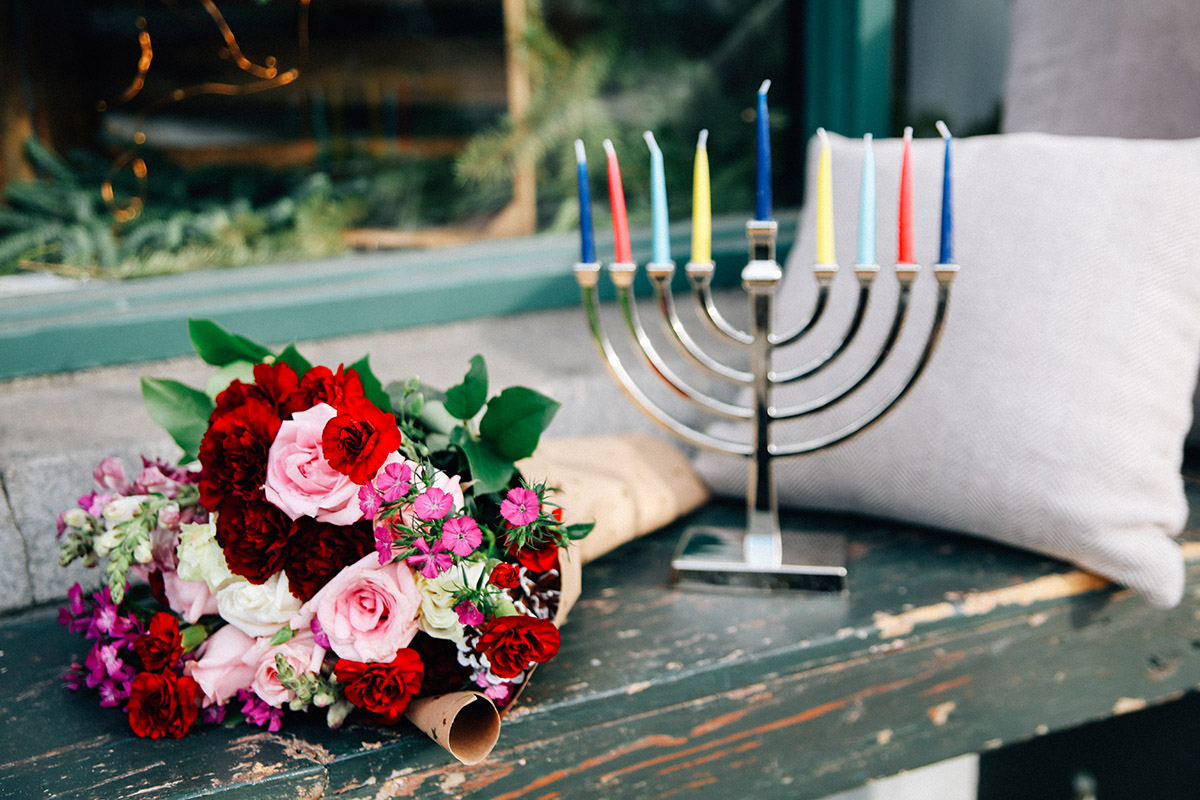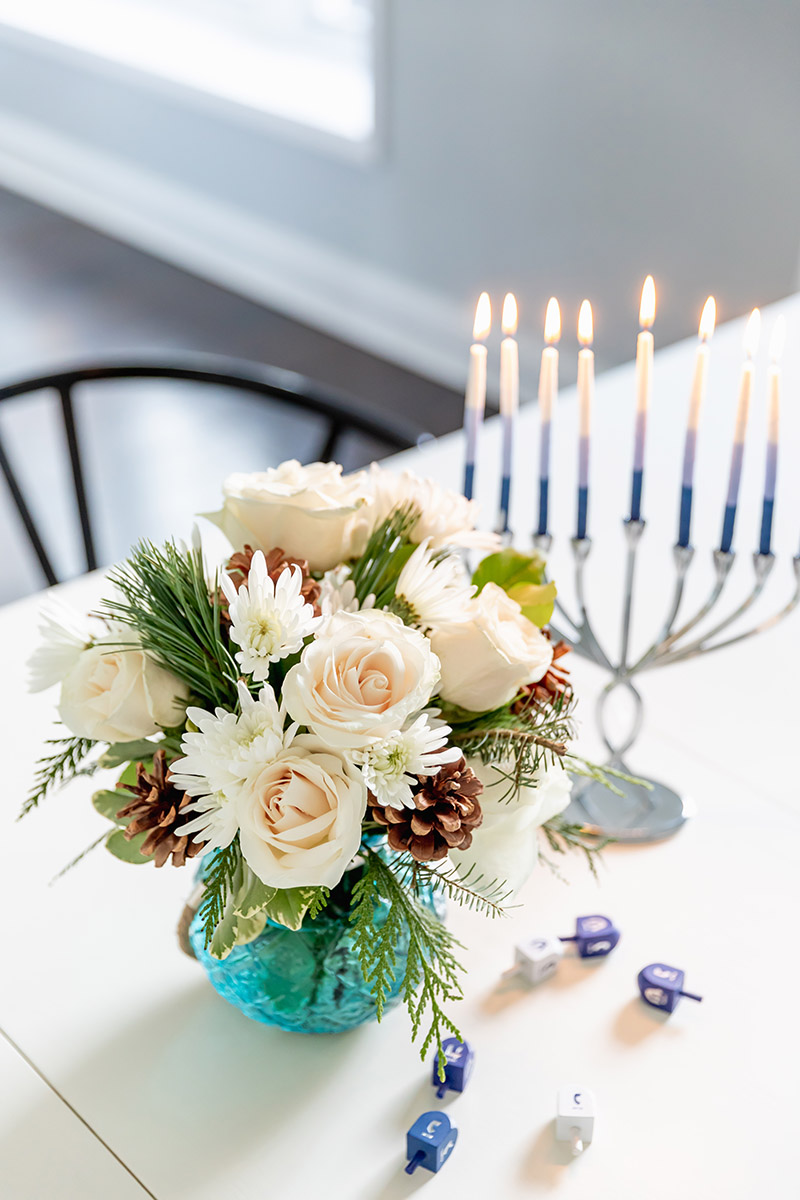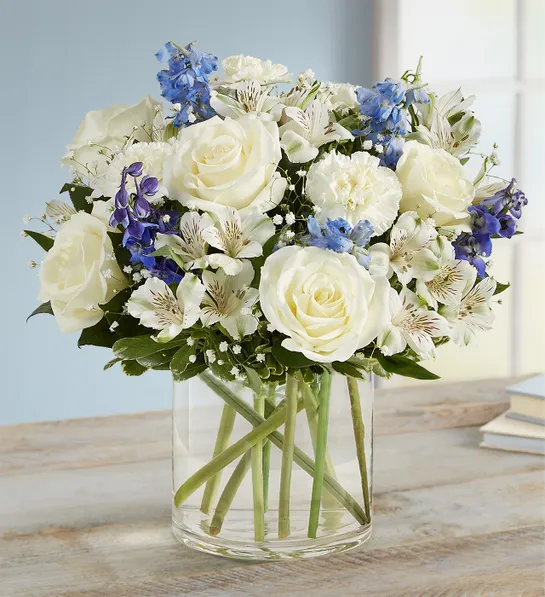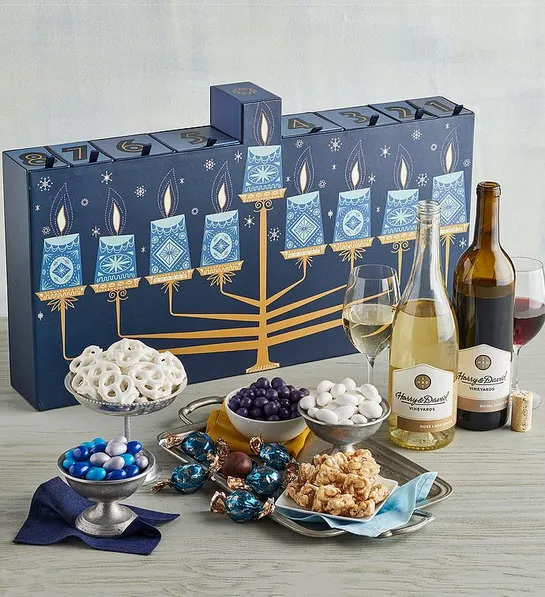What is Purim?
Purim is a Jewish holiday based on historical events that took place in ancient Persia about the 5th century B.C. An evil advisor to King Ahasuerus named Haman wanted to kill all the Jews. His plan was foiled by the king’s new wife, Esther, when she told her husband that she, too, was Jewish and got him to see the humanity in everyone. The plan was devised by her uncle, Mordechai, who, along with his niece, is celebrated as a hero of Purim.
Purim in Hebrew means “lots,” like the kind you’d draw for a lottery. The term was coined in the scroll that tells of the story of Purim and dates back to the time the events happened. The word “lots” refers to the circumstances surrounding the history of the holiday, in which fate seemed to draw a horrible lot for Persia’s Jews. But, in a miraculous reversal, what seemed like certain doom turned into a celebration: The villain was punished, and love ultimately won.
The official holiday of gift baskets
Any holiday with gift baskets has our attention. One of the sweetest Purim traditions is sending care packages, called “mishloach manot” in Hebrew, to friends and relatives. With the season for warm socks and sweaters behind us, a gift basket of food makes the perfect gift. We happen to have many to chose from.
Adults celebrate
Traditionally, everyone (of proper drinking age) drinks alcohol on Purim — to the point where you’re not supposed to be able to tell the difference between Haman and Mordechai. (We don’t recommend doing this.) The drink of choice is usually wine, so grab a bottle of something you love and celebrate Purim with all your Jewish friends and allies.
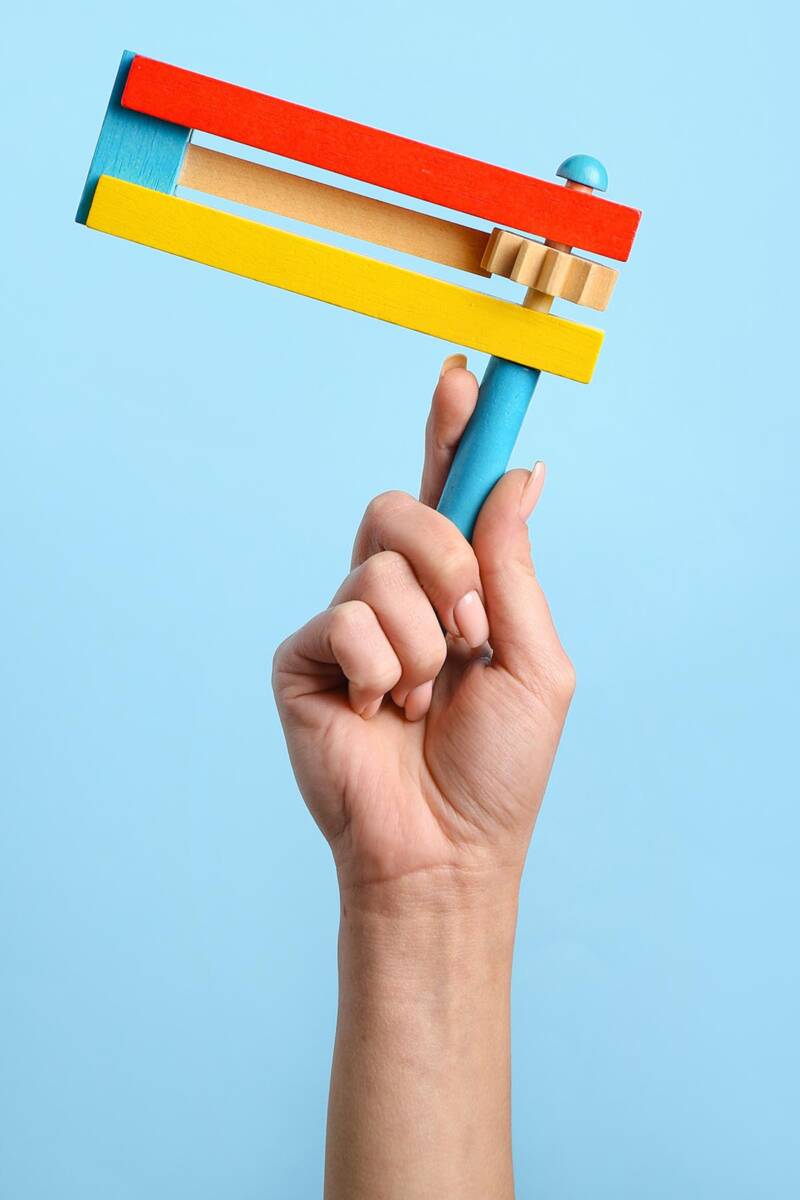
Kids get loud
If you thought the practice of booing was invented by sports fans, think again. Purim is all about booing the evil Haman. Traditionally, the story of Purim is read out loud from a special scroll (appropriately named Esther’s Scroll). Every time you hear Haman’s name, you’re supposed to shake a specific noisemaker called a grogger as hard as you can. Kids love it, but adults are welcome to use the grogger too, of course. They’re easy to make. Check out this step-by-step guide from Make It Jewish.
Dressing up in costumes
Jews dress up in fun costumes on Purim. This tradition stems from Queen Esther having to first disguise her identity until she could trust the king to learn the truth about Haman’s intentions.
Historical re-enactments
Purim is a great holiday for theater kids. The miraculous survival of the entire people and a story involving treachery, benevolence, colorful characters, and shocking plot twists are the perfect excuse for a creative re-enactment. These performances are known as spiels, and usually have a comedic bent to them. Look for a theatre company in your area that’s putting one on and support the troupe (and the tribe)!
A triangle cookie?
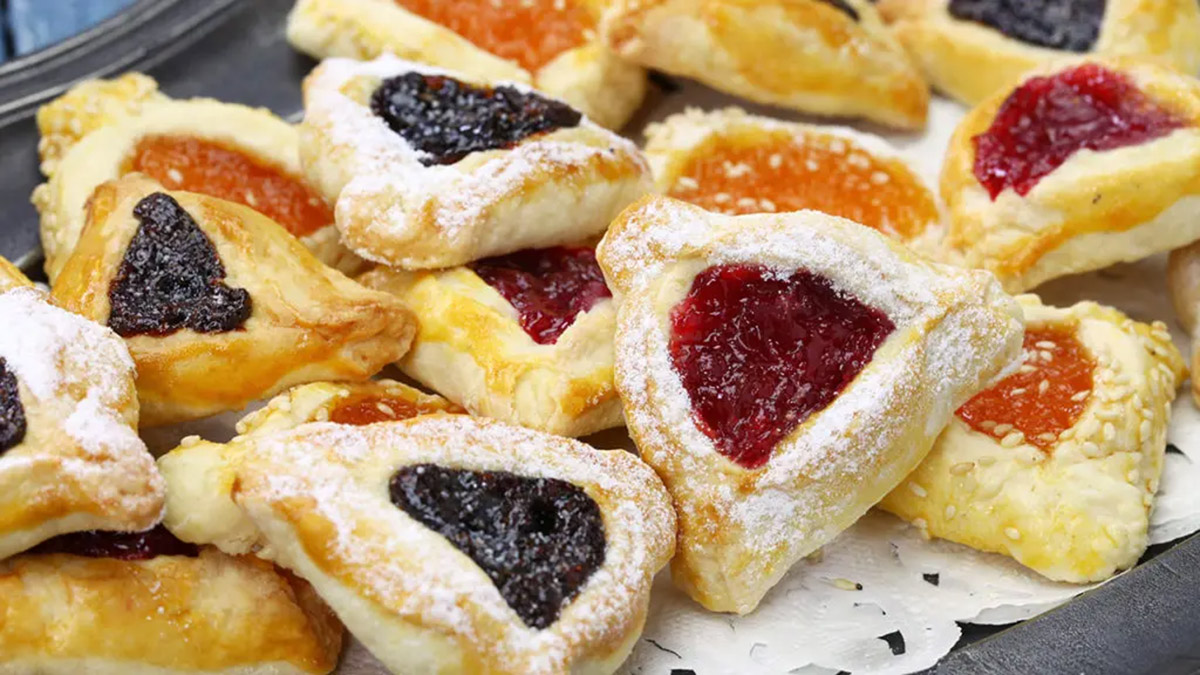
Jews eat triangle-shaped cookies on Purim called hamantaschen. But why? The most common explanation is that the evil Haman had very distinctive “triangular” ears, and eating the cookies is a way to celebrate the defeat of his evil plan. (In Israel, these cookies are called oznei haman, which means “Haman’s ears.”)
Traditionally, they can be made from either hard or soft dough, with the edges folded toward the middle, making the outside look like a triangle. They are usually filled with sweet poppy seeds or preserves. A simple recipe is to make chocolate chip cookie dough, and then shape it into triangles and fill them with various jams.
Ready to party for Purim?
Some communities read the story of Purim written in the Scroll of Esther, some pray as well, and others simply party. Keep in mind that Jewish holidays start the previous day at nightfall. This year, Purim begins at sundown on March 6 and continues until sundown the next day. It’s the perfect chance to send gift baskets, fulfill the “drinking and dressing-up-in-costumes” part of the holiday, and still get plenty of sleep before the next major Jewish holiday. (Hint, it’s the one with the matzoh.)
